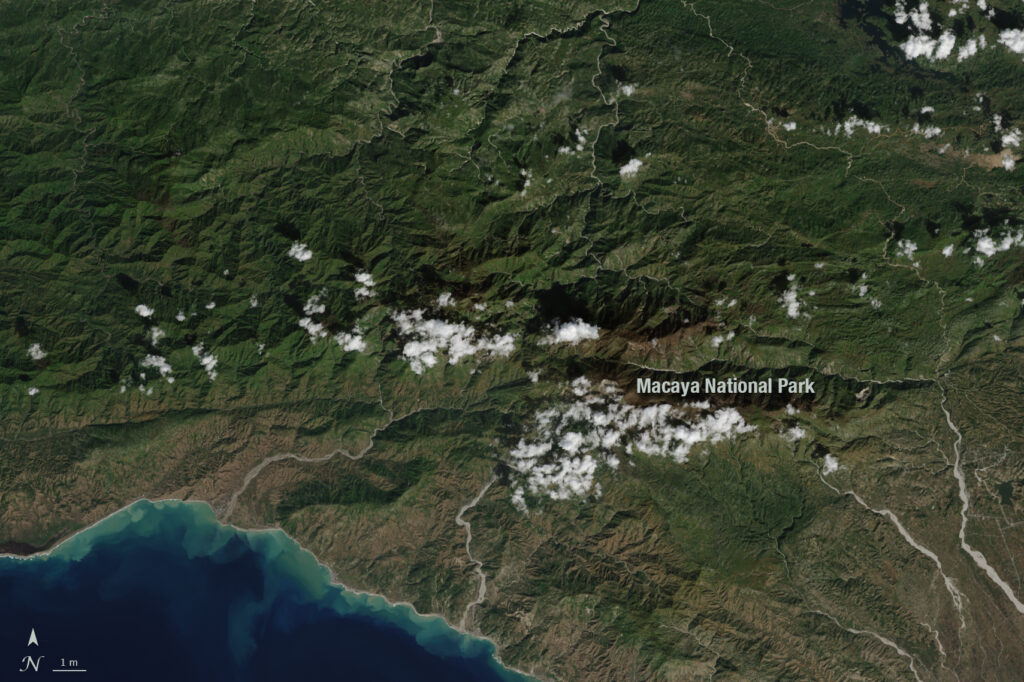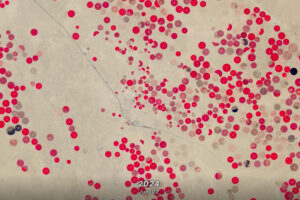In the decades since, scientists have studied the recovery of the ecosystem around the mountain using the Landsat series of satellites. By observing different wavelengths of light reflected of the surface, Landsat data can identify different types of landcover. This visualization uses red, near-infrared, and green to distinguish healthy vegetation (green) from bare ground (magenta).
NASA and the U.S. Department of the Interior through the U.S. Geological Survey (USGS) jointly manage Landsat, and the USGS preserves a 40-plus-year archive of Landsat images that is freely available over the Internet. Since the launch of Landsat 1 in 1972, Landsat satellites have become an integral part of many operational land management activities. Landsat satellites provide decision makers with key information about the world’s food, forests, water and how these and other land resources are being used.
This video is available on YouTube as well as from the NASA Goddard Media Studio.

Saudi Arabia’s Desert Agriculture
In this animation of 2024 and January 2025, crop fields in Saudi Arabia cycle through their growing seasons.





